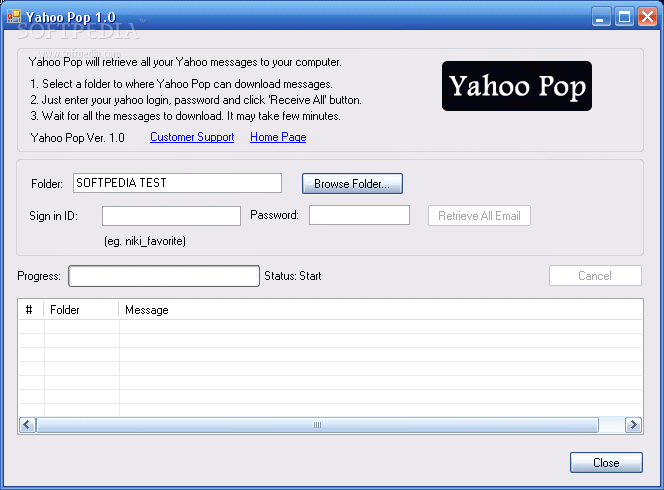
In this example, you must allow, not Note also that entire websites must be allowed, not individual directories or pages, so in this example Chrome will automatically add the top level to its Allowed sites. For example, you might visit but the page is actually hosted at /forms/popupform.html. Notes: Pasting the web address of a page you wish to allow pop-ups is recommended, rather than typing the generic main web address. In the Hostname pattern field, choose the Paste command from the Edit menu or right-click and choose the Paste command, and ensure the Behavior dropdown menu is set to Allow.Scroll to the Pop-ups section, and then ensure the Do not allow any site to show pop-ups radio button is selected.In the Privacy section, click Content settings.


Unchecking this option will allow pop-ups. Ensure the Block pop-up windows option is not checked.From the Safari menu, choose Preferences.

Pop-ups are either blocked, or they are not. Safari for macOS has no per-website control over blocking pop-up windows. Note: If you have installed third party applications to block pop-ups (examples include the Google, MSN, and Yahoo! toolbars), be sure to consult the vendor documentation to allow pop-up windows for desired websites.

Some popular Penn-affiliated websites requiring pop-ups include the Penn Online Directory.įollow the instructions below to configure your web browser to allow pop-up windows for your selected websites. While this may eliminate unwanted or bothersome pop-up windows, the feature sometimes can impede the functionality of legitimate or useful websites. Most web browsers include a feature to block pop-up windows.


 0 kommentar(er)
0 kommentar(er)
